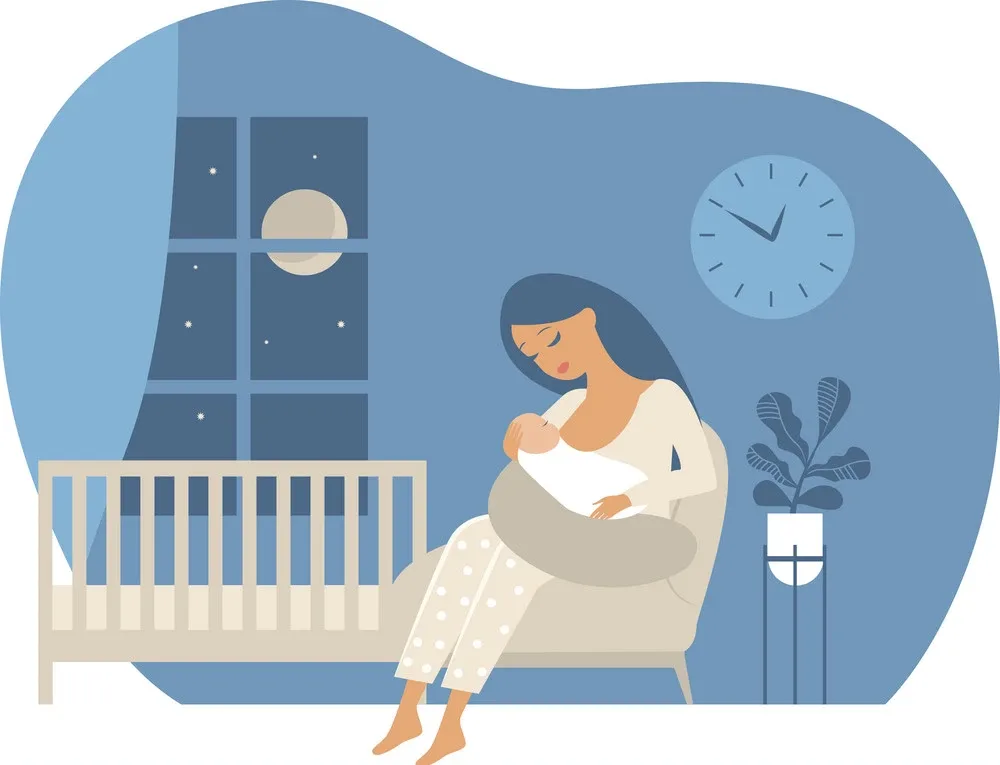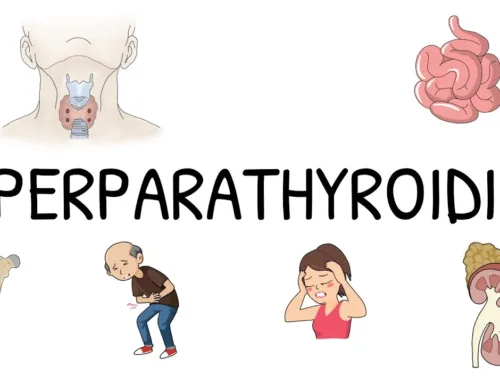You may have heard of the hormone oxytocin, but what does it do, and why is it responsible for milk secretion after childbirth? It’s a topic that needs to be understood more. In this article, you’ll learn about oxytocin’s role during pregnancy and lactation. We’ll also discuss when you lactate during pregnancy and whether or not you can lactate when you’re not pregnant.

Oxytocin
Oxytocin is often called the love hormone because it helps people bond with others by making them feel secure and trusting. It is a hormone produced in the brain and released during childbirth to help with contractions. It’s also responsible for milk secretion after childbirth.
The hormone is also released during sex, so cuddling with your partner can make you feel closer. And because it’s produced in the brain, oxytocin isn’t just important for bonding between people—it also helps you form bonds with animals and babies.
The discovery of oxytocin
British physiologist Sir Henry Dale discovered it. In 1953, he was studying the effects of drugs on dogs’ brains when one of his colleagues accidentally injected him with a solution containing synthetic oxytocin. This caused him to have a heart attack, which led to further research that revealed the hormone’s function in humans.
This hormone is produced in the hypothalamus and secreted by the pituitary gland. It’s also produced in many brain parts, including the amygdala and prefrontal cortex.
The hormone plays an important role in social bonding, trust, empathy, and sexual arousal.
When do you lactate during pregnancy?
During pregnancy, your body produces hormones that cause your breasts to produce milk. The hormones that cause this to happen are called prolactin and oxytocin.
Prolactin is the hormone that stimulates milk production, while oxytocin causes contractions in your uterus after birth and helps with milk letdown (the release of breast milk).
Can you lactate when you’re not pregnant?
Yes. You can lactate without being pregnant, without giving birth, or even having a baby suckling your breast. In the process known as induced lactation, women who either do not want children of their own or have had an early miscarriage or stillbirth can actively produce milk by using hormones to stimulate the growth of tissue in their breasts that would otherwise promote milk production.
The first step involves taking birth control pills for several months to stop ovulation. Then injections of hormones, including estrogen and progesterone, are administered closely spaced over time to stimulate the maturation of mammary glands so that they will produce milk when stimulated by suckling stimulus (i.e., the baby).
Once the milk starts to flow, women can breastfeed their babies or use a pump to extract it from their breasts. The process of inducing lactation is not easy and requires a great deal of commitment on behalf of mothers who are interested in breastfeeding but do not want to go through pregnancy.
How do you stop lactation?
The best way to stop lactation is to use medication. This is the most effective way because it will prevent your body from producing breastmilk. If you take the medication for a long time (6 weeks or more), your body won’t produce any more breast milk.
Other methods can be used to stop lactation:
- You can have a bilateral salpingectomy, which removes both ovaries and tubes. This operation stops the production of estrogen and progesterone in women whose ovaries have been removed because they’ve been diagnosed with cancer. The removal prevents them from having menstrual periods, so they cannot become pregnant again after surgery. However, some women may still be able to get pregnant even though they’ve had this surgery! It would help if you talked with your doctor about these risks before undergoing any surgical procedure on reproductive organs such as ovaries or fallopian tubes.
- The other method is to use birth control pills. These may help prevent breastmilk production but can also lead to side effects such as headaches or nausea. You’ll need to talk with your doctor about this option if you’re interested in it.
- If you’re looking to stop lactation because of the pain or discomfort it causes, then some medications can help with that.
What are common conditions that affect your ability to lactate?
When you give birth, your body produces an oxytocin hormone that triggers milk secretion. After childbirth, this hormone remains in your system and can lead to breast swelling and engorgement if you are not breastfeeding or expressing. Oxytocin is also responsible for uterine contractions and helps stimulate your baby’s sucking reflex.
The first few weeks of breastfeeding can be incredibly challenging because both mother and baby are learning how to do it properly. The good news is that even if you’re not able to produce enough milk on your own, there are ways to increase the amount of milk you make through pumping or using supplemental feeding methods like bottles or pacifiers that mimic a nipple shape when they are placed at the base of the mouth cavity where infants naturally suckle from their mothers (also known as “nipple confusion”). If these options aren’t working for you, talk with your midwife about getting help from a lactation consultant who will teach you how to properly latch onto your baby at feedings by placing them on their back between either one leg at hip level – facing toward mom’s chest – allowing gravity pull them into place instead forcing them into the position which could cause more harm than good if done incorrectly!
Conclusion
After childbirth, a woman’s body produces hormones that stimulate milk production. These hormones cause the breasts to make milk and also trigger the release of prolactin, which causes the mother to feel hungry so she can feed her baby.




Leave A Comment